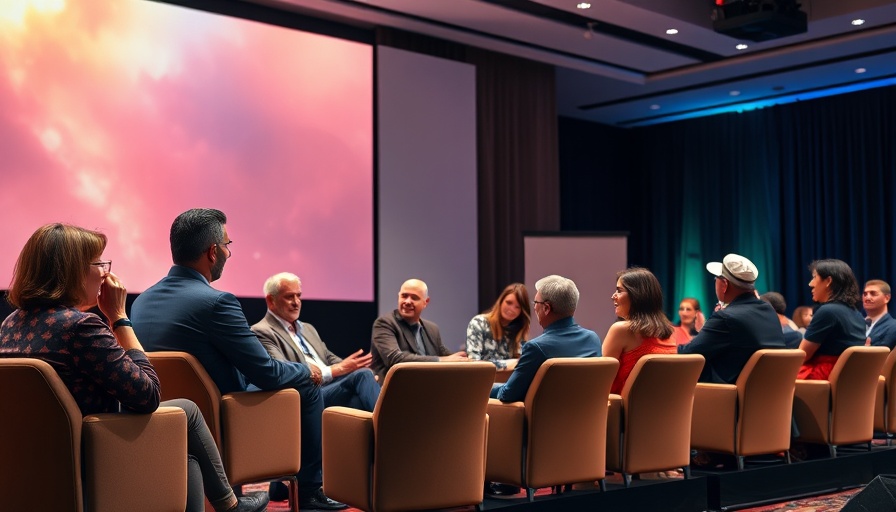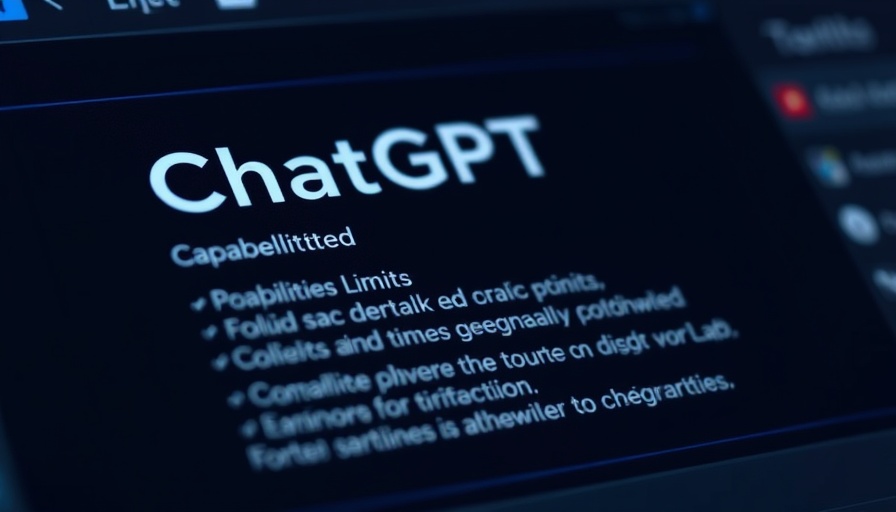
Amazon’s Ambitious AI Initiative: Unveiling the Nova Model
In a bold move to enhance its standing in the AI landscape, Amazon is set to launch a new AI reasoning model known as Nova by this June. This innovative model aims to blend quick, responsive answers with intricate, complex reasoning capabilities—a hybrid approach that could redefine how AI supports decision-making and problem-solving, providing Amazon a competitive edge against industry giants like OpenAI and Anthropic.
The Need for Reasoning in AI
Recently, reasoning models have emerged as a critical frontier in AI development. Unlike traditional models that offer straightforward responses, reasoning models take a deliberate approach to tackle complex issues. They function through mechanisms such as backtracking and meta-cognitive strategies, akin to a human approach to problem-solving. This makes them valuable for applications that require nuanced thinking and adaptive response strategies.
Cost Efficiency: Amazon’s Competitive Strategy
One of the driving factors behind Nova’s development is cost efficiency. Amazon aims not only to outperform existing models but to do so at a significantly reduced cost. Reports indicate that Amazon’s in-house AI models are already 75% cheaper than those provided by competitors available through its Bedrock AI development platform. This commitment to affordability could prove crucial in a market where operational costs directly influence competitiveness and adoption rates.
The Race for AI Performance: How Nova Aims to Rank
Beyond cost, Amazon has set its sights on performance. The company intends for its Nova model to rank among the top five in external benchmarking tests that assess software development and mathematical aptitude, including the Software Engineering (SWE) and Berkeley Function Calling Leaderboard. This ambition not only highlights Amazon’s confidence in Nova but emphasizes the increasing importance of measurable performance in AI solutions.
Collaboration and Competition: Amazon and Anthropic
A unique dynamic exists between Amazon and Anthropic, given Amazon’s substantial investment—$8 billion—into the latter company. While both organizations share a partnership that spans AI chips and cloud computing, the launch of Nova adds a layer of competition, especially with Anthropic’s own reasoning model, Claude 3.7 Sonnet. Both companies leverage a hybrid reasoning approach, raising the stakes in the race for superior AI capabilities. This juxtaposition opens questions about whether collaboration can coexist with competitive ambitions in the tech sector.
Future Predictions: What Nova Could Mean for AI and Society
The impending launch of Amazon's Nova model could signify a turning point in the AI community, particularly in how reasoning is integrated into AI technologies. If successful, Nova may not only elevate Amazon’s position but also influence other companies to prioritize reasoned responses in their models. This shift could lead to more adaptive AI systems that better assist users across varied domains, from technical writing to complex data analysis.
Practical Insights Into Reasoning AI
For AI enthusiasts and practitioners, understanding Amazon’s approach to reasoning AI could provide valuable insights. Considering the industry's current trajectory, engaging with emerging models like Nova offers an opportunity to explore hybrid reasoning’s potential applications. As organizations adopt such technologies, the implications will extend beyond cost efficiency and performance, reshaping job functions, decision-making protocols, and even creative processes.
As we stand on the brink of this new technological launch, the excitement around reasoning models reflects not just Amazon’s leap forward but a broader transformation in how AI can think, learn, and assist. Stay tuned for the June release, as the advancements in AI reasoning will shape the future landscape of technology.
Ready to dive deeper into the world of AI innovations? Keep following the developments around models like Nova to stay at the forefront of this exciting evolution!
 Add Row
Add Row  Add
Add 




 Add Row
Add Row  Add
Add 

Write A Comment